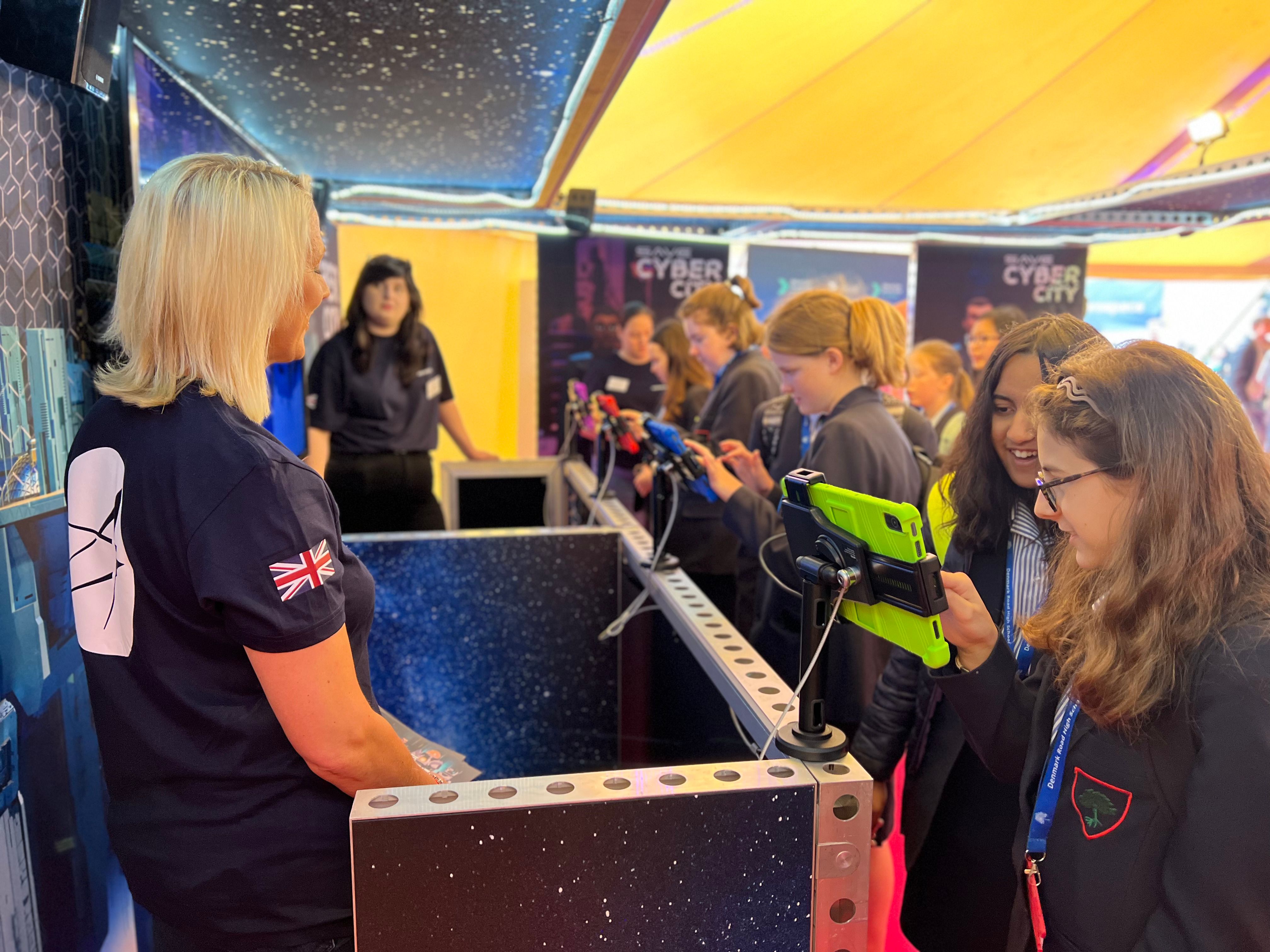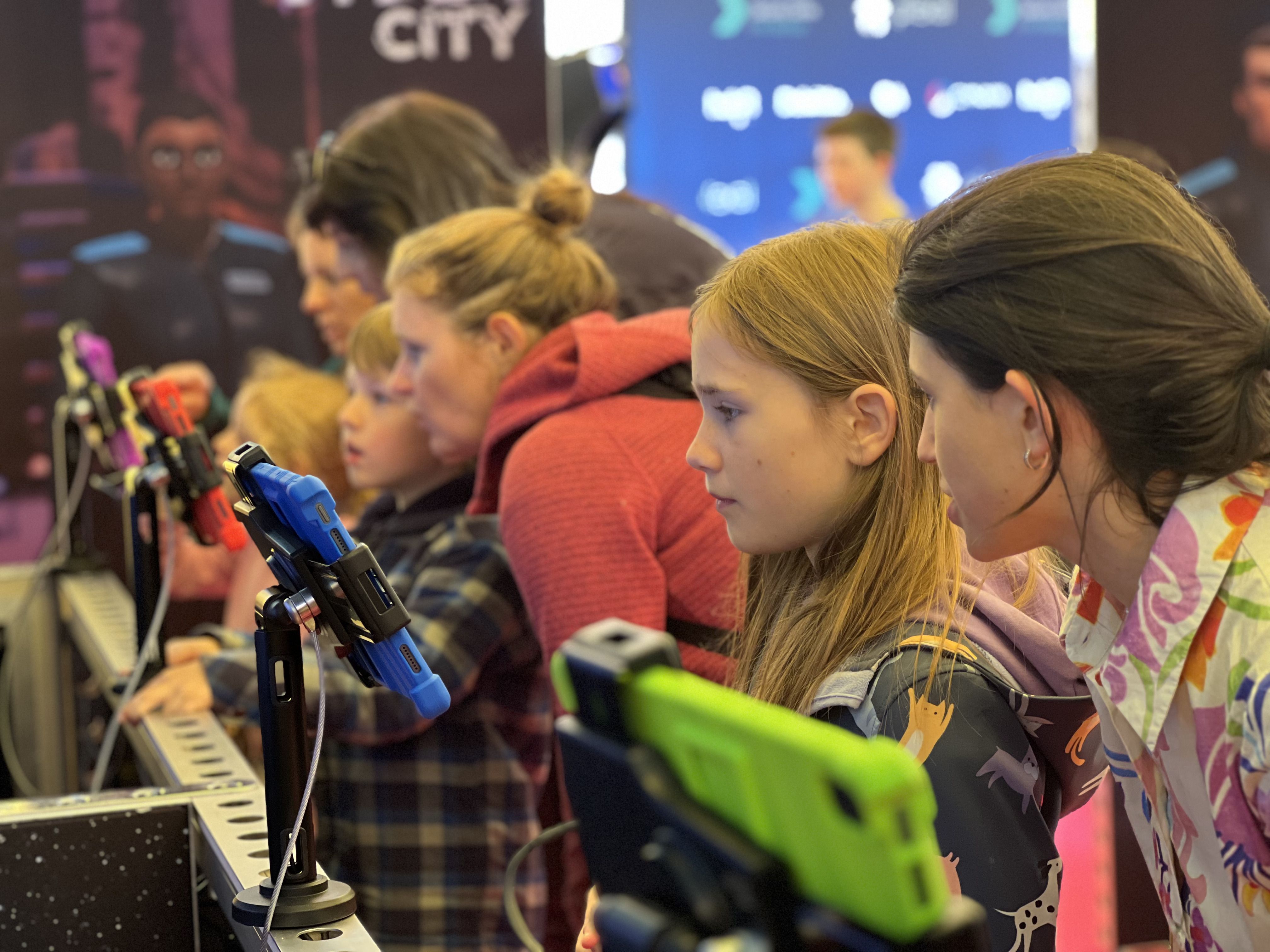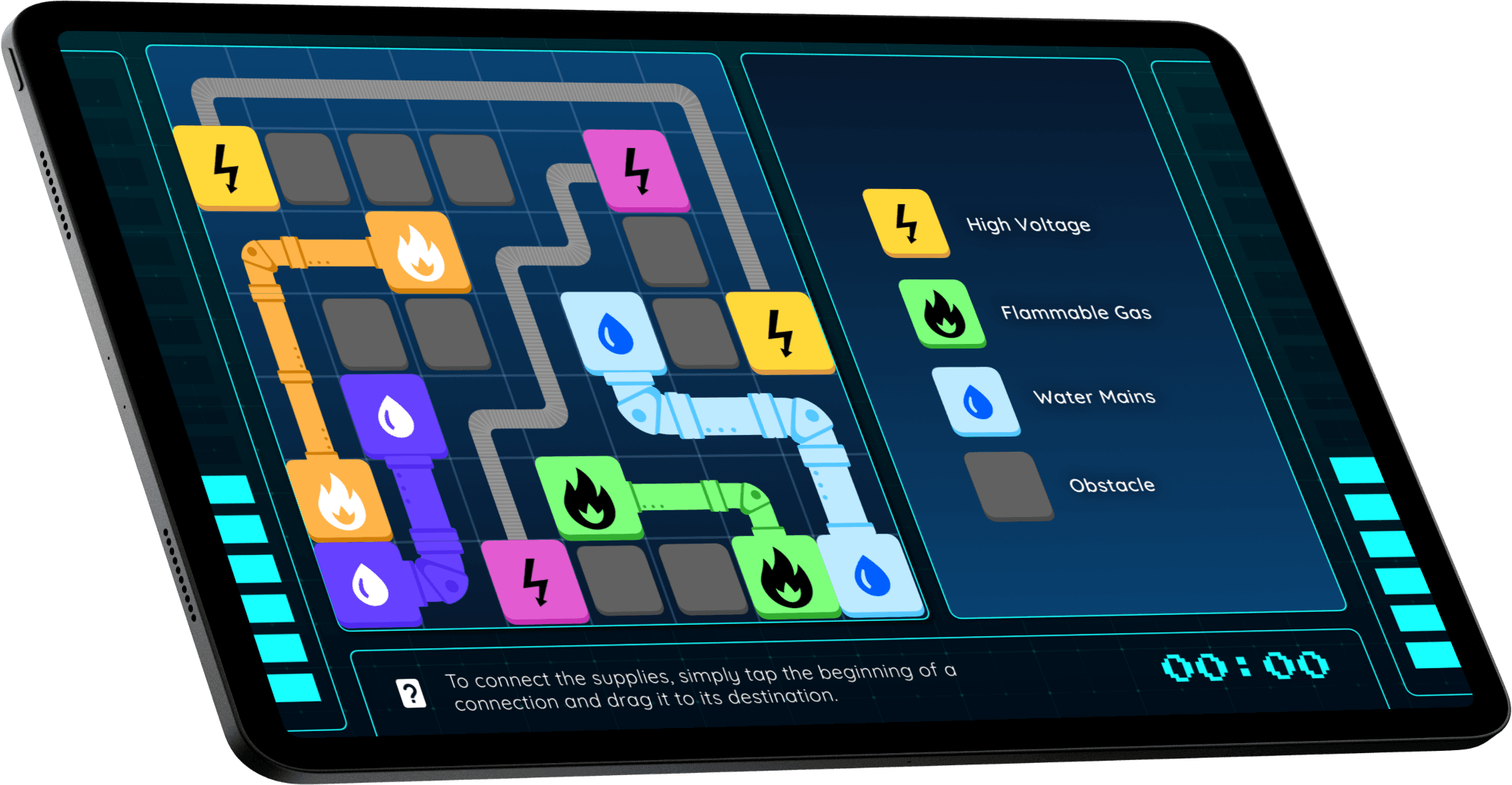Unleashing the Power of Storytelling: Elevating Experiential Design Strategy
Whether at an event, through an interactive display, or a digital product; a design strategy is used to create a sense of shared purpose between the user and the product. Many underestimate the power of emotional resonance and, by doing so, miss the opportunity to form a long-term engagement with their audience.
The biggest challenge our clients face is connecting with their users. And if you didn't already know, a connection is one of the vital requirements for driving sales, interactions, and consistent use. When designing digital products, we use storytelling as a powerful tool to achieve a strong connection with our users.
By telling a story, we can provide context and purpose. A well-crafted story will help users understand a product's value and show how it fits into their personal narratives. Doing so makes users more likely to engage with it and see its value. A shared story can help brands and customers align around a common goal or facilitate communication around a complex solution in a more accessible way.
Once you understand the power of storytelling, you can significantly enhance your brand and product. A consistent narrative can propel a brand forward and differentiate it from competitors. A strong brand identity and a positive reputation are the winning combination to encourage customers to trust you. Trust can only come when the user connects with your product, brand, and story.
Why do we use storytelling?
It's easy for agencies and clients to become consumed by technical details in the fast-paced world of experiential design and development, losing sight of the bigger picture: the human connection. It's critical to remember that creating a successful digital product that genuinely resonates with users requires more than technical prowess. It takes a good story. By understanding our users' needs, desires, and inner monologues, we can craft experiences that resonate deeply and genuinely impact them.
We can overcome a challenge quickly and efficiently if we understand and facilitate the importance of cementing a narrative in every project. This is where storytelling comes in. The act of storytelling helps us connect a brand with its users in three profound ways.
How do we use storytelling?
By creating a story for the client or adopting a pre-existing one, we have the opportunity to build a narrative for the project. It goes beyond simply knowing what we want to achieve; it provides a clear roadmap of how we will get there. The art of storytelling is ingrained in our process, allowing us to craft seamless experiences in various contexts.
Once upon a time, there was a user.
When it comes to user-centric design and strategy, it's essential to recognise that each person is the protagonist of their own story. We all possess inner monologues, unique perspectives, and personal journeys. This understanding becomes particularly significant at an event as well as planning a new digital product or app feature. It's essential to take a moment to think about the internal narrative of a potential customer. They may not be an open book, but we can learn valuable insights about their needs, desires, pain points, and behavioural patterns by participating in user research. By delving into the narrative of your users, you can start the journey to identify how your brand can serve as the solution, enabling them to continue their heroic adventure.
Understanding your user's story comprehensively is the foundational step to unlocking extraordinary possibilities. It allows you to tailor your brand, products, and experiences to meet their specific needs and create a meaningful connection.
Can't put a good book down.
We've all experienced that feeling—the sunny beach, a compelling book in hand, and a world that engrosses us completely. The piña coladas can wait; we must finish that last chapter. Now, imagine if we could replicate that same level of engagement in a digital product. Creating a "page-turner" of a product is all about crafting a remarkable user experience.
The ability to grab a person's attention and maintain it is what distinguishes a good product from a truly brilliant one. We can draw upon techniques that have stood the test of time to achieve this. Implementing habit loops, fostering familiarity, and maintaining consistency are the pillars of creating a digital experience that keeps users eagerly turning the virtual pages.
By incorporating habit loops, we tap into the innate human desire for routine and repetition. By providing users with a sense of familiarity, we instil comfort and ease, enabling them to navigate effortlessly through the digital landscape. Consistency, on the other hand, establishes a coherent and predictable user journey, reducing friction and allowing users to immerse themselves fully in the product.
Just as a gripping book captivates readers, your digital product has the potential to captivate users. By intertwining user experience with innovative design, you can create a unique digital experience that leaves users wanting more.
Real-Life Example: Save Cyber City
We recently designed and built an experiential stand for young students at the 2023 Cheltenham Science Festival. With the support of the Lockheed Martin team, we set out to create an interactive and action-packed experience that would engage children of all ages with games inspired by Science, Technology, Engineering, and Maths (STEM). We were ready for the challenge of keeping children's attention, so we implemented a strategic approach based on captivating the young audience.

To combat distraction, we allocated just 60 seconds per game, ensuring each moment was packed with excitement. We decided to design and develop four distinct mini-games to provide variety and maintain interest. As a backbone of the experience, we created a compelling narrative centred around young heroes saving the fictional Cyber City.

When we spoke to the students who played the games, their feedback confirmed our success. They expressed how much they enjoyed the anticipation of each game concluding, which was evident in their complete immersion during gameplay. It reminded us that success extends beyond meeting deadlines and delivering a product. By incorporating storytelling into your strategy, you can truly captivate an audience and create lasting memories.


Remember, remember… the 17th of May?
Every great story remains etched in our memories. Because a remarkable story not only captures our attention but also leaves a profound imprint on our minds. These are the stories we remember.
While there are various ways to be memorable—lasers and confetti can indeed make an impact—if you genuinely want to make a difference with your digital product budget, prioritise creating a design strategy that fosters a sense of shared purpose, emotional resonance, and long-term engagement. These elements have the power to leave a lasting impression that lasts a lifetime.
A shared purpose creates a powerful bond, drawing users closer to your brand and forging a connection. By including emotional resonance in the design of your product, you can create an emotional attachment that lasts long after the initial interaction. And we know that emotional connection deepens user engagement, fuels advocacy, and sets the stage for a lifelong relationship with your brand.
It's easy to get lost in the pursuit of trends and flashy gimmicks. However, it is the stories that touch the heart, inspire a sense of purpose, and resonate on a personal level that truly stays around. Design strategy goes beyond superficial allure and instead focuses on creating a truly unforgettable experience. Because, in the end, it's the stories we remember that stand the test of time.
What is the vital ingredient to all our projects?
You can measure this success by the increase in engagement. This can be seen through various scenarios, such as a surge in sales leads when a brand repositions itself to better align with its customers' journey or reflected in the significant influx of downloads an app experiences when its value proposition seamlessly meets the needs of its users. These are all evidence of storytelling's impact on driving meaningful interactions and achieving a brand's desired outcomes.
Storytelling is a vital ingredient in the recipe for building exceptional digital products, creating memorable experiences, and establishing strong connections. By weaving narratives into design and strategy processes, we can provide context and purpose to our products and tap into the power of human emotion and engagement. A well-crafted story enables users to understand the value and significance of a product within their own personal narratives. It can align brands and customers, communicate complex solutions with ease, and build trust and loyalty. By embracing storytelling, we can shape a brand that is set apart from competitors, propels into growth, and leaves a lasting impression on an audience.
By understanding their needs, desires, and aspirations, we can craft experiences that resonate deeply and make a genuine impact. If you're looking to develop a digital product, an interactive display, or make your mark at an event, be sure to understand the power of storytelling - for your brand, your user, and your future.






